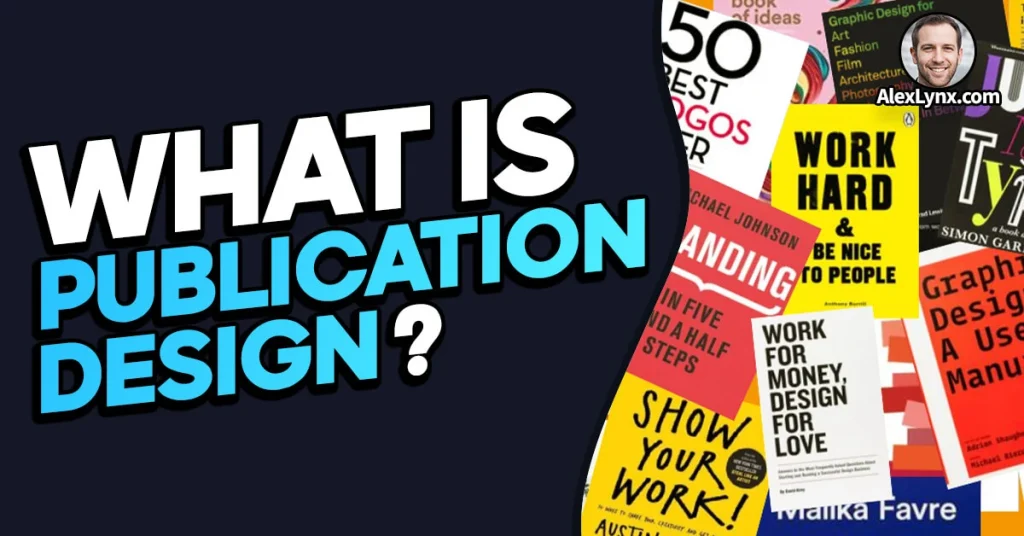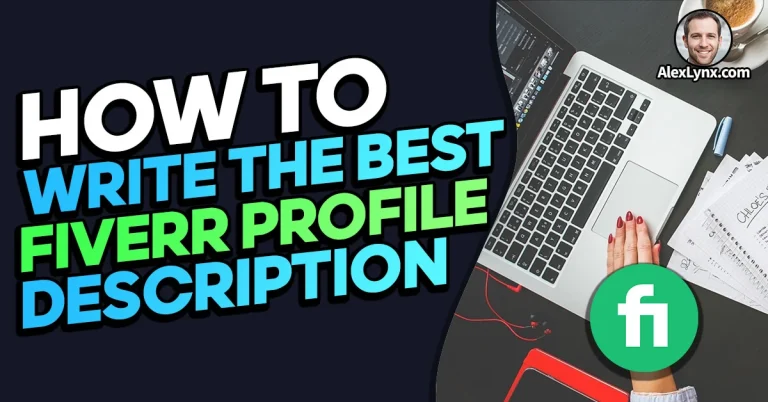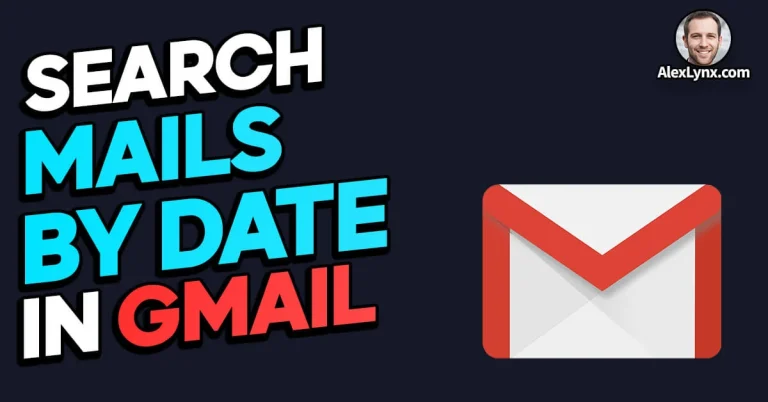Have you ever picked up a book, magazine, or brochure, and felt drawn to it because of its visual design? That’s the power of publication design.
In this article, we’ll dive deeper into what publication design is, why it’s important, and its fascinating history.
What Is Publication Design and Why Does It Matter So Much?

Definition of Publication Design
Publication design is the art of creating visually compelling content for printed and digital materials. It involves combining typography, color, layout, and imagery to create a cohesive design that captures the reader’s attention and effectively communicates the message.
Importance of Publication Design
In today’s digital age, where content is abundant, publication design plays a critical role in making your material stand out. It’s not just about making your content look pretty; it’s about creating a visual hierarchy that guides the reader’s eye and makes the message easy to understand. Good publication design can also enhance the credibility of your content, increase engagement, and ultimately drive conversions.
Brief History of Publication Design
Publication design has been around since the invention of the printing press in the 15th century. At first, books were designed for utility, with little consideration for aesthetics. However, as printing technology evolved, designers began experimenting with typography, layout, and color. By the 20th century, publication design had become an art form in its own right, with designers like Paul Rand, Saul Bass, and Milton Glaser pushing the boundaries of what was possible.
Today, publication design is more important than ever. With the rise of social media and digital publishing, the competition for attention is fierce. A well-designed piece of content can help it stand out in a sea of noise and capture the reader’s attention.
In conclusion, publication design is a crucial aspect of creating effective printed and digital materials. It’s about creating a design that is not only visually appealing but also helps convey the message effectively. With its fascinating history and its critical role in modern communication, publication design is truly an art form that everyone should appreciate.
Key Elements of Publication Design: Layout, Typography, Color, and Images/Graphics
Now that you have a better understanding of what publication design is and why it’s important, let’s dive deeper into the key elements of publication design. Each of these elements plays a crucial role in creating a visually compelling design that effectively communicates the message.
Layout
The layout is the arrangement of visual elements on a page or screen. It involves determining the placement of text, images, and other graphic elements to create a cohesive design that guides the reader’s eye and makes the message easy to understand. A well-designed layout should also take into consideration the overall visual balance of the design.
Typography
Typography refers to the style, arrangement, and appearance of text. It includes choosing the right font, font size, line spacing, and other typographic details to make the text easy to read and visually appealing. Good typography can help create a hierarchy of information and convey the tone and mood of the content.
Color
Color is a powerful tool in publication design, as it can evoke emotions, create contrast, and enhance the overall aesthetic of the design. It involves choosing the right color palette and using it consistently throughout the design to create a cohesive look and feel. Good use of color can also help convey the brand identity and message.
Images and Graphics
Images and graphics are essential elements of publication design, as they can help convey complex information quickly and effectively. They include photographs, illustrations, charts, and other visual elements that enhance the design and reinforce the message. Good use of images and graphics can also help create a strong visual impact and improve engagement.
In conclusion, understanding the key elements of publication design is crucial for creating effective and visually appealing content. By paying attention to the layout, typography, color, and images/graphics, you can create a design that effectively communicates your message and captures the reader’s attention. So, next time you’re designing a piece of content, remember to consider these key elements and how they can enhance your design.
Types of Publication Design: From Books to Digital Publications
Publication design is a diverse field that encompasses many different types of printed and digital materials. Each type of publication has its unique design challenges and opportunities. Let’s explore some of the most common types of publication design.
Books
Books are perhaps the oldest and most traditional form of publication design. From classic novels to textbooks, books are designed to be informative, engaging, and visually appealing. Book design includes layout, typography, cover design, and sometimes illustrations.
Magazines
Magazines are designed for regular publication and often feature a mix of articles, photos, and advertisements. Magazine design includes layout, typography, cover design, and photo editing. It’s essential to create a cohesive design that reflects the brand identity and appeals to the target audience.
Brochures and Flyers
Brochures and flyers are designed for informational or promotional purposes. They often feature a mix of text and images to convey a message quickly and effectively. Brochure and flyer design includes layout, typography, color, and graphics. It’s essential to create a design that is visually compelling and easy to read.
Newsletters
Newsletters are designed to keep people informed about a particular topic or organization. They often feature a mix of articles, photos, and other content. Newsletter design includes layout, typography, color, and graphics. It’s essential to create a design that is easy to read and visually engaging.
Websites and Digital Publications
Websites and digital publications are designed for online consumption. They often feature a mix of text, images, and interactive elements. Web design includes layout, typography, color, graphics, and user experience design. It’s essential to create a design that is visually compelling, easy to navigate, and accessible across different devices.
In conclusion, publication design is a diverse field that encompasses many different types of printed and digital materials. Each type of publication has its unique design challenges and opportunities, and it’s essential to create a design that is visually compelling, easy to read, and effectively communicates the intended message. Whether you’re designing a book, magazine, brochure, newsletter, or website, always keep the target audience and brand identity in mind.
The Publication Design Process: From Understanding the Client’s Needs to Finalizing the Design
Now that you know about the key elements and types of publication design, let’s dive into the publication design process. While each project may vary, the following steps can help guide you through the design process.
Understanding the Client’s Needs
The first step in the publication design process is to understand the client’s needs. What is the purpose of the publication? Who is the target audience? What is the message that needs to be conveyed? Understanding the client’s goals and expectations is crucial to creating an effective design.
Research and Planning
The next step is to conduct research and plan the project. This may include researching the target audience, studying competitors, and gathering visual inspiration. It’s also important to create a project plan that includes deadlines and milestones.
Creating a Concept and Mood Board
Once you have a clear understanding of the client’s needs and have completed your research, it’s time to create a concept and mood board. This involves brainstorming ideas and creating a visual representation of the overall design direction.
Designing the Layout and Typography
With a concept in place, it’s time to begin designing the layout and typography. This involves determining the visual hierarchy of the content, selecting the appropriate fonts and typography, and creating a cohesive layout that guides the reader’s eye.
Choosing the Color Scheme and Imagery
Color and imagery are essential elements of publication design, and choosing the right color scheme and imagery can make or break a design. It’s important to select colors and imagery that align with the client’s brand identity and message.
Finalizing the Design and Preparing for Print or Digital Distribution
Once the design is complete, it’s time to finalize the design and prepare it for print or digital distribution. This may include reviewing the design for accuracy, ensuring that it meets technical specifications, and preparing the final files for distribution.
In conclusion, the publication design process is a multi-step journey that requires careful planning, creativity, and attention to detail. By understanding the client’s needs, conducting research, creating a concept and mood board, designing the layout and typography, choosing the right color scheme and imagery, and finalizing the design, you can create an effective publication that communicates the intended message and engages the target audience.
Best Practices for Publication Design: Consistency, Accessibility, Flexibility, and Testing
Now that you have a better understanding of the publication design process, let’s explore some best practices that can help you create effective and visually appealing designs.
Consistency and Branding
Consistency is key to creating a strong and recognizable brand identity. It’s important to establish a consistent design language that includes typography, color, imagery, and layout. This helps create a cohesive and recognizable brand image that builds trust and loyalty with the target audience.
Accessibility and User Experience
Accessibility and user experience are essential elements of publication design, particularly for digital publications. It’s important to create designs that are easy to navigate, readable, and accessible to a wide range of users, including those with disabilities. This can include using accessible fonts, colors, and layout, and ensuring that the design is compatible with assistive technologies.
Flexibility and Adaptability
In today’s fast-paced digital world, it’s important to create designs that are flexible and adaptable. Designs should be responsive to different screen sizes, adaptable to different types of content, and easily editable for future updates. This helps ensure that the design remains relevant and effective over time.
Testing and Iteration
Finally, it’s important to test and iterate on designs to ensure that they are effective and achieving the intended goals. This can include gathering feedback from users, conducting usability testing, and making iterative changes based on the feedback received. Testing and iteration help ensure that the design is effective and resonates with the target audience.
In conclusion, by following these best practices for publication design, you can create effective and visually appealing designs that effectively communicate the intended message and engage the target audience. Remember to prioritize consistency and branding, accessibility and user experience, flexibility and adaptability, and testing and iteration to create designs that are not only visually appealing but also effective in achieving their goals.
What Are the Benefits of Publication Design?

Publication design is not just about creating visually appealing materials; it also provides many benefits that can help increase viewer interaction, improve user experience, and strengthen your brand and message.
Increase Viewer Interaction
Effective publication design can increase viewer interaction with your materials, whether printed or digital. By creating designs that are visually engaging and easy to navigate, viewers are more likely to engage with your content and spend more time exploring your message.
Better UX
Good publication design can significantly improve the user experience (UX) of your materials. By designing with accessibility and readability in mind, viewers are more likely to engage with your materials and find them easy to use and navigate.
Strengthen Your Brand and Message
Publication design can help strengthen your brand and message by establishing a consistent design language across all materials. By using consistent typography, color, imagery, and layout, you can create a recognizable and memorable brand identity that builds trust and loyalty with your audience.
Social Media
Good publication design can also translate well to social media platforms. By designing materials that are visually engaging and easy to share, you can increase your reach and engagement on social media, further strengthening your brand and message.
In conclusion, publication design provides many benefits beyond just creating visually appealing materials. By increasing viewer interaction, improving UX, strengthening your brand and message, and enhancing social media engagement, good publication design can significantly impact the success of your materials and help you achieve your goals.
Who Should Hire a Publication Designer?
Publication design is essential for any individual or organization looking to create visually engaging materials that effectively convey their message. Whether you are a small business owner, an author, or a non-profit organization, hiring a publication designer can help take your materials to the next level.
- Small Business Owners: If you are a small business owner, publication design can help you create marketing materials that stand out from your competition. By designing materials that are visually engaging and communicate your message effectively, you can attract and retain more customers.
- Authors: For authors, publication design can help make your book stand out in a crowded marketplace. By designing a book cover and interior that effectively communicates the tone and genre of your book, you can attract more readers and increase sales.
- Non-profit Organizations: For non-profit organizations, publication design can help communicate your message effectively to donors and supporters. By designing materials that are visually engaging and communicate the impact of your organization’s work, you can increase donations and support for your cause.
- Educational Institutions: For educational institutions, publication design can help create materials that effectively communicate important information to students, parents, and faculty. By designing materials that are easy to navigate and visually appealing, you can increase engagement and understanding of your message.
Best Quality 🏆
- One of the few providers to offer website and mobile design (in addition to graphics)
- Great for agencies and digital marketing teams
Best Output
- Works on two tasks at once, doubling the output. Best return on investment
- Great for small businesses, bloggers, and freelancers
Most Affordable
- Affordable monthly starting cost of $299
- Great for blog owners or influencers that need simple custom images
In conclusion, publication design is essential for anyone looking to create visually engaging materials that effectively communicate their message. Whether you are a small business owner, author, non-profit organization, or educational institution, hiring a publication designer can help you achieve your goals and stand out from your competition.
How to Pick a Graphic Designer for Publication
Choosing the right graphic designer for your publication project is essential to achieving your desired outcome. Here are some factors to consider when picking a graphic designer:
- Portfolio: Look at the designer’s portfolio to assess their style and experience. Make sure they have experience in the type of publication design you require.
- Communication: Effective communication is crucial to a successful project. Look for a designer who is responsive, listens to your needs, and communicates effectively.
- Creativity: A good graphic designer should be creative and able to bring your ideas to life. Look for a designer who can think outside the box and provide unique solutions.
- Attention to Details: Publication design requires a keen eye for detail. Look for a designer who pays attention to details such as typography, color, and layout.
- Cost: While cost should not be the only factor, it is important to ensure that the designer’s rates are within your budget.
- Reviews and Recommendations: Look for reviews and recommendations from past clients to assess the designer’s reputation and track record.
In conclusion, picking the right graphic designer for your publication project is crucial to achieving your desired outcome. Consider factors such as their portfolio, communication skills, creativity, attention to detail, cost, and reviews and recommendations when making your decision.
By taking the time to find the right designer, you can ensure that your publication stands out and effectively communicates your message.
Conclusion: Why Publication Design Matters
In conclusion, publication design is an essential aspect of creating effective and visually appealing printed and digital materials. By understanding the key elements of publication design, the different types of publications, the publication design process, and best practices for design, you can create designs that effectively communicate the intended message and engage the target audience.
Recap of Key Points:
- Publication design is the process of creating visually appealing and effective printed and digital materials.
- The key elements of publication design include layout, typography, color, and imagery.
- There are different types of publications, including books, magazines, brochures, newsletters, and websites.
- The publication design process includes understanding the client’s needs, research and planning, creating a concept and mood board, designing the layout and typography, choosing the color scheme and imagery, and finalizing the design.
- Best practices for publication design include consistency and branding, accessibility and user experience, flexibility and adaptability, and testing and iteration.
Final Thoughts: In today’s digital age, where people are constantly bombarded with information, effective publication design is more important than ever. A well-designed publication not only helps communicate the intended message but also engages the target audience and builds trust and loyalty with the brand.
Call to Action: If you’re considering a publication design project, we encourage you to work with a professional designer who can help you create an effective and visually appealing design that achieves your goals. Remember to prioritize consistency and branding, accessibility and user experience, flexibility and adaptability, and testing and iteration to create designs that are not only visually appealing but also effective in achieving their goals.
In conclusion, we hope this article has provided you with a better understanding of publication design and its importance in today’s digital age. Whether you’re designing a book, magazine, brochure, newsletter, or website, always keep the target audience and brand identity in mind, and prioritize effective communication and engagement through visually appealing design.
FAQ
What is the difference between publication design and graphic design?
Publication design is a subset of graphic design that focuses specifically on designing printed and digital publications such as books, magazines, brochures, and newsletters.
What skills are necessary for a career in publication design?
A career in publication design requires skills such as proficiency in design software, a strong understanding of typography, layout, and color theory, and the ability to work collaboratively with clients and other team members.
How can publication design enhance the user experience of a digital publication?
By prioritizing accessibility and user experience in publication design, designers can create designs that are easy to navigate, readable, and accessible to a wide range of users, including those with disabilities.
How important is branding in publication design?
Consistency and branding are essential elements of publication design. By establishing a consistent design language that includes typography, color, imagery, and layout, designers can create a cohesive and recognizable brand image that builds trust and loyalty with the target audience.
What is the future of publication design in the digital age?
As technology continues to evolve, publication design will continue to adapt and evolve alongside it. Designers will need to prioritize flexibility and adaptability in their designs, creating designs that are responsive to different screen sizes and adaptable to different types of content.
What is publication design?
Publication design is the process of designing books, magazines, brochures, and other printed or digital materials to make them visually appealing and easy to read.
What does a publication designer do?
A publication designer is responsible for creating the overall look and layout of a publication, including choosing fonts, colors, images, and page layout.
What is included in publication design?
Publication design includes elements such as typography, layout, color, images, and graphics, all of which are used to make the publication visually appealing and easy to read.
What is publication in graphic design?
In graphic design, a publication refers to any printed or digital materials that are designed to communicate a message, such as books, magazines, brochures, and newsletters. The goal of publication design in graphic design is to make these materials visually appealing and easy to read.









